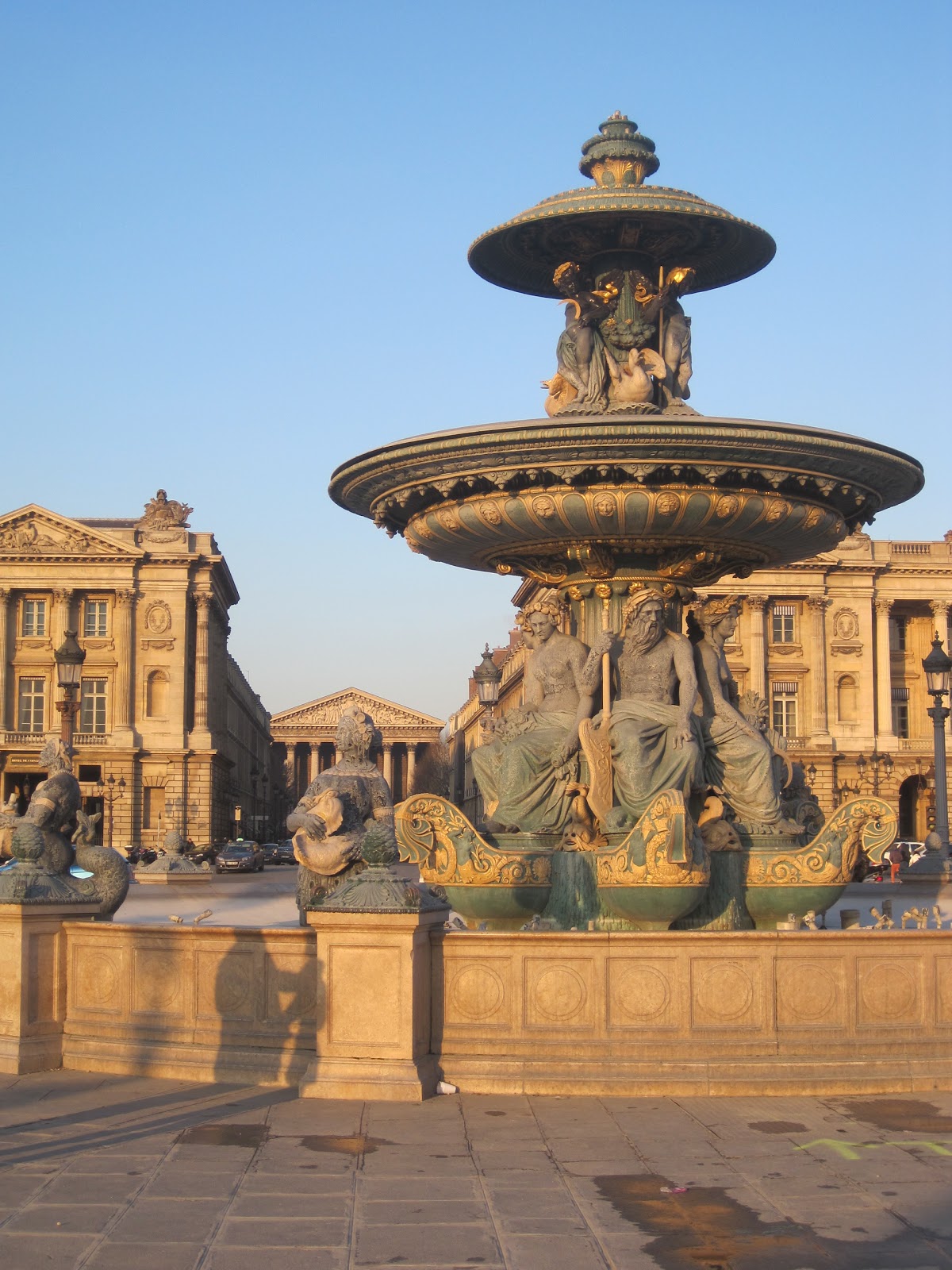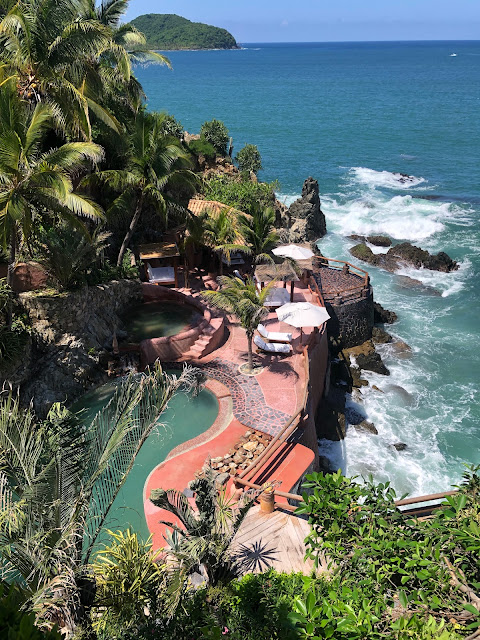The Synagogue at Ostia Antica
I read about the synagogue at Ostia Antica years ago and was fascinated. The reviewer wrote of walking across a field to search it out and indeed it was true. The synagogue at Ostia is one of the oldest in the world and dates from the reign of the Emperor Claudius (41-54 AD).
I am interested in visiting synagogues and we've been to many in as diverse a range of places such as Iran, Calcutta, Dubrovnik, Cordoba, Syria, Morocco, and Prague. I also do a sideline in Armenian churches which are equally fascinating! On this trip we're also hoping to visit the synagogue in the Burmese capital Rangoon which was set up by Baghdadi Jews who settled there in the early Nineteenth Century.
I've previously visited several synagogues in Italy including the synagogue in Rome, several in Venice (where the term ghetto originates) and also in Puglia at Trani. Part of the reason I'm interested in synagogues in all of these places is that the Jews are not part of the dominant history of the area, and that as an often marginalized minority following the Jewish narrative means to read across the established history and to remind ourselves to see a particular diversity in the "story" of a place.
So when you go to Ostia, perhaps you can't see the stories and the diversity of the slaves who came from across the Empire, but you can see the synagogue. In Ostia, as in other places, visiting the synagogues often takes you into a new neighborhood you might not otherwise have found and it gives you a reason to explore.
So, to get to the matter at hand, where can you find the synagogue at Ostia Antica? It's right at the very edge of the site (bordering the main road) and is at the furthest point from the entrance. If you follow the Decamus Maximus until it ends and you turn with it as it curves to the left (now parallel to the public road) you will find the cluster of buildings housing the synagogue in the far corner of the site. First you will pass by a variety of buildings (above) and then walk through an open field where you can see the complex in the distance.
As usual we were running out of time and were racing against the clock against the waning light. Don't make the same mistake, if we came again we would have headed out to the synagogue first, assessing what looked interesting as we went and then visited the site in a more leisurely manner.
There were no signs to help us find the synagogue but when we got there there was some information on an art installation at the site entitled ArteMemoria which seems to be a biennial project linking art and memory on Holocaust Memorial Day. You can see several of the works including the tile starburst above, and another by Sol LeWitt below.
I love the textures of the site and the fragments throughout.
This decorative well may have been linked to the Mikva or the ritual bath.
However, what marks this as a Jewish site is the decoration found on the pillars believed to be on either side of the ark where the torah was believed to be kept. You can see the carved menorah below, it was beautiful in the weak winter sun.
I read that the synagogue was active into the fifth century but there wasn't a great deal of information at the site. The suggestion is that there were a number of buildings here including a school, but it was all a little vague and it is still until archeological study.
It was a fascinating place to visit and you make it out to Ostia I'd highly recommend walking out to the synagogue.





















Comments